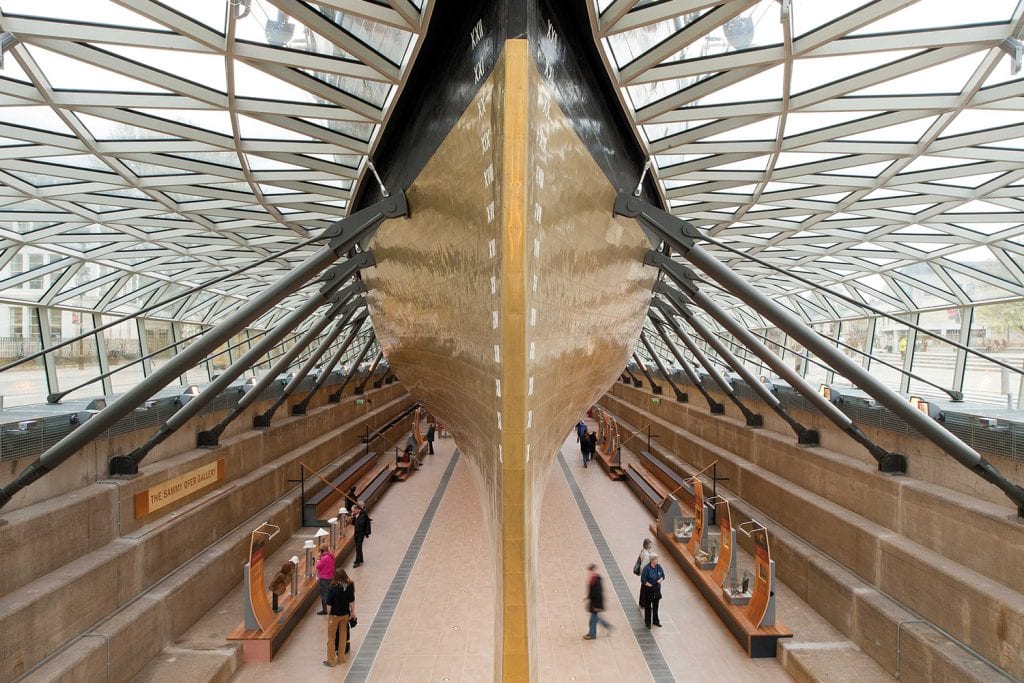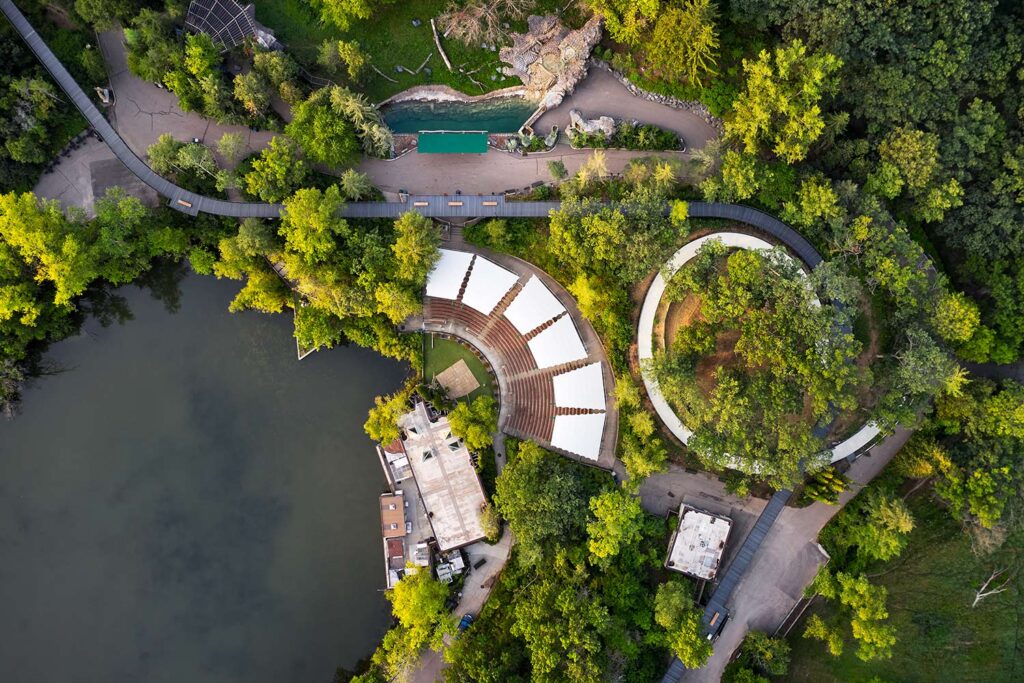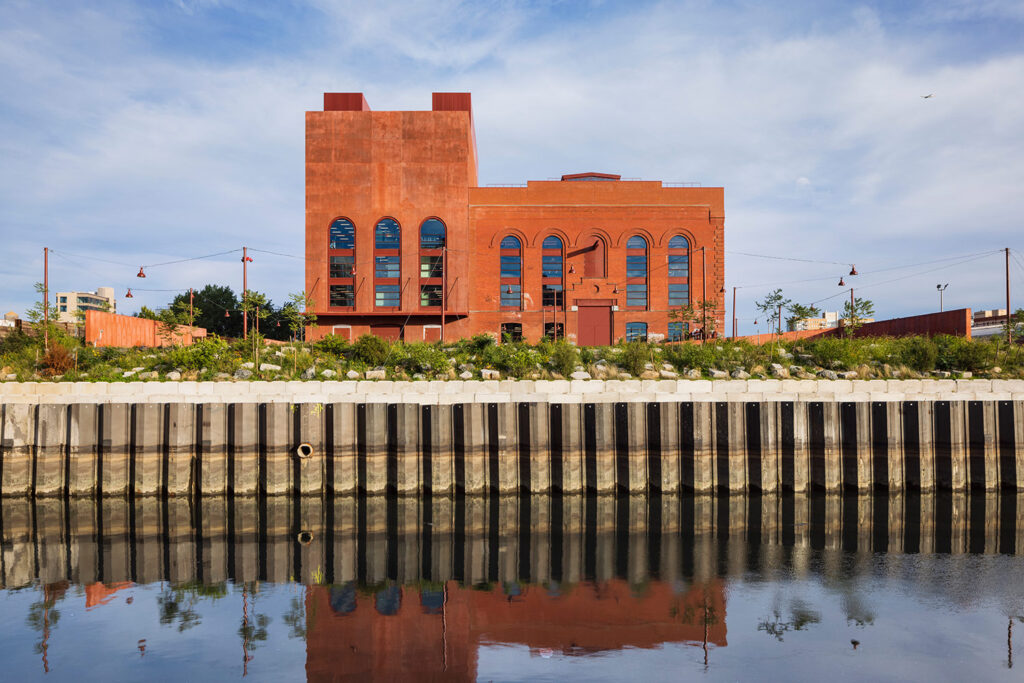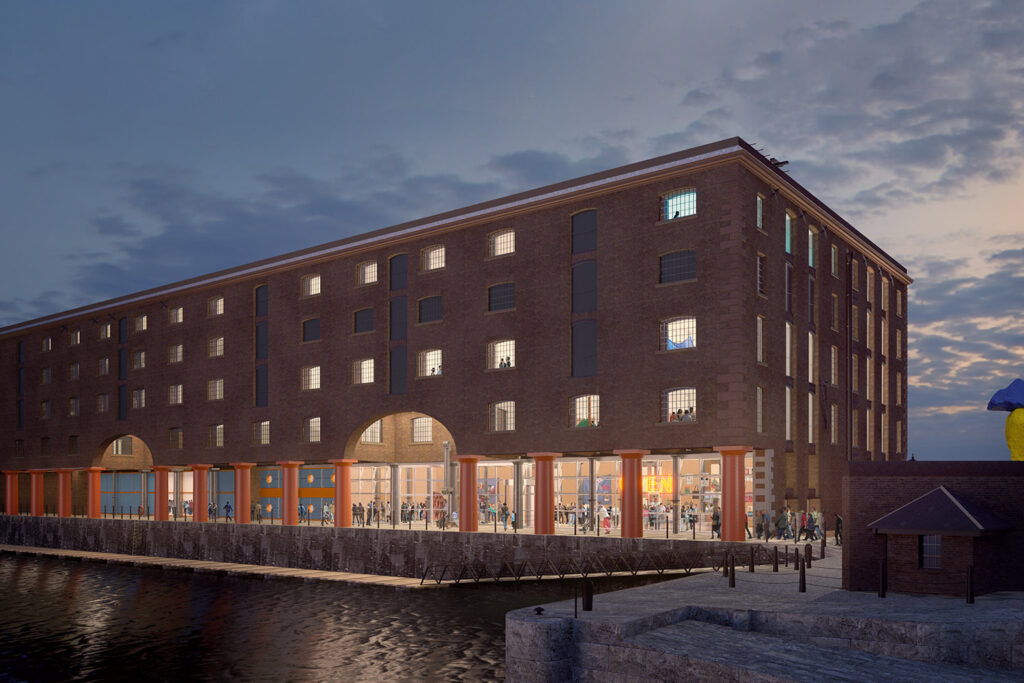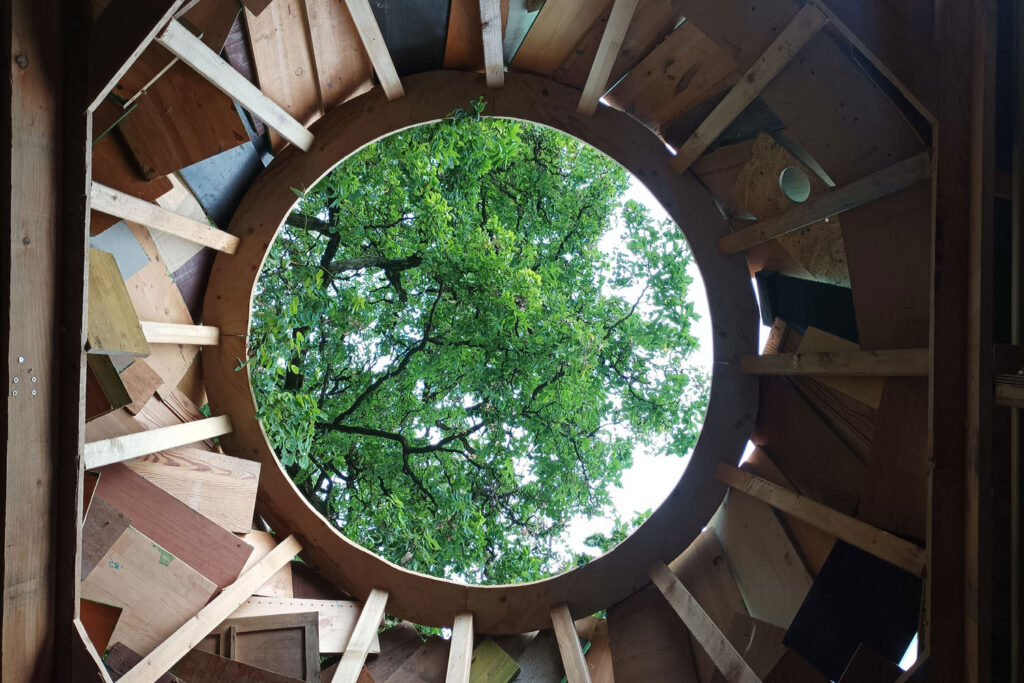An engineer’s view of the Venice Biennale
The engineer’s role is to form a key part of any team designing for the built environment.
Successful collaboration between architect and engineer requires cross-discipline empathy and understanding – and the Venice Architecture Biennale is an ideal opportunity for us to build this understanding.
A team from Buro Happold was privileged to attend the start of this year’s Biennale. Here Jon Shanks, Associate Director in our structures team, and Anna Wendt – Associate Director in our facade engineering team and a first timer at the Biennale – write about their experience.

Venice is renowned for its historic architecture and infrastructure. But once every two years, the city hosts an exhibition of contemporary experimentation from the global architectural community: the Venice Architecture Biennale.
Jon Shanks, Associate Director – Structures
Jon Shanks: a structural engineering view
A group of engineers from Buro Happold had a fascinating time at this year’s Biennale, themed Freespace and curated by Yvonne Farrell and Shelley McNamara. The type and form of exhibits and installations covered a staggering range: models, renderings, full buildings, performances, and discussions.
BuroHappold’s presence at the Biennale stretched across the full life of the company. It included supporting current collaborators in their exploration of the theme, for example ‘Another Generosity’ in the Nordic Pavilion. It also included the exhibition of the Mannheim Multihalle and its contemporary reinvention – a project Ted Happold and the founding Partners of Buro Happold worked on before establishing the company.
Exploring architectural tectonic responses
Evident throughout was an exploration of architectural tectonic responses – form, materials and construction technology. This is something innovative engineering should embrace, as engineering lies at its core.
The collaboration between architects and engineers
The role of the engineer is key in any team designing for the built environment, whether this is a building or a city, in order to benefit our clients and wider society. We all need to buy in to the vision if the collaboration between architect and engineering is to be successful. Exploring the Venice Architecture Biennale helps us understand this through a few days immersed in architectural research, response, and discussion.
Thanks to the architecture community for having us at your event – it was fantastic to spend a few days together.
Anna Wendt: reflecting on my first Biennale
As a first timer, I ventured into the Giardini on the first day of the Vernissage with some trepidation and curiosity. I was eager to see what was on the minds of our architectural colleagues, as we work so closely together to create what we all hope are meaningful spaces and places within our cities.
Anna Wendt, Associate Director – Facades

The bravery of self-examination
It struck me that, as engineers, we do not spend this kind of time and effort reflecting on the importance and impact of our work. Yet our contribution to the built environment is arguably as significant. How brave it is for the architectural industry to examine itself on such an exposed and public platform.
Interpretations of this year’s theme – Freespace
The Freespace theme set by this year’s curators, Yvonne Farrell and Shelley McNamara of Grafton Architects, has had mixed reviews, but I witnessed some very diverse and thought provoking responses. It was clear that this was a contentious topic – it could be interpreted in a variety of ways, investigating both the impact of architecture and the absence of it.
Some took the theme literally. Singapore, for example, considered there is “no more free space” due to dense urbanisation. And Finland observed that libraries can act as the ultimate symbol of a free space, reminding us of the power of knowledge and enlightened society.

Others reviewed the connectivity of the built environment with nature. This included the Nordic’s expression of the delicate interaction between buildings and humans through a visual representation of a gently breathing inflatable membrane installation. In a similar vein, Australia explored the need to repair the environment through buildings, using a beautiful installation of plants offering a literal breath of fresh cool air.
The Swiss did a fantastic job of commenting on the quality and function of space through their review of the design of generic living spaces. Entering into a series of spaces with bland fixings and features in a variety of scales really brought to life the impact a single standard solution can have on a diverse population. The conversations we overheard between the people walking around the exhibit, determining which room felt “right” to them, showed that there wasn’t one size to fit all.
The Arsenale was a complex combination of architects reflecting on their past work under the perspective of Freespace, and new pieces prepared to consider what freedom might be possible in the architecture of the future.
Robin Hood Gardens estate and social sustainability
I found the presentation by the V&A of the Robin Hood Gardens estate particularly absorbing. A building that was created with such bold ideals and purpose in response to social housing has met with an untimely and abrupt fate. A video directed by Do Ho Sun concentrated on the lives of the people living on the estate and the individual and deeply personal spaces created, rather than the architectural attributes of the development.
This exhibit demonstrated the importance of ensuring we aim to create socially sustainable places to live, something we may get wrong, no matter how laudable our ideals. The impact and influence both architects and engineers have on both how we live and the quality of people’s lives was felt monumentally through this exhibit. It highlighted that reflection and evaluation about the success of a building should focus on functionality as well as form.
The impact of architecture on people
Despite the varied responses, I felt that the connective tissue across the event was ultimately about the impact of architecture on people. The consideration was about how individuals, cultures and societies experience buildings, spaces and places.
Over the past decade or so there has been a trend for buildings to be rather sculptural. Complexity of form and creation of iconic statements can take precedence over experiential value or spaces fit for purpose. The Biennale exhibits felt like a reaction and a response from the architectural community. They seemed to be stating that positive human experience, and the pleasure we gain from the spaces where we live, work and visit, is key for the future.
Buro Happold shares this focus
An interest in how humans interact with the built environment has been a key focus for Buro Happold, too. We have been deeply considering how we define successful positive spaces with our engineering input. We have looked at how to define what makes a good concert hall or stadium through the creation of atmosphere. We have considered the effect lighting and acoustics play in achieving productive learning spaces in education buildings, responding to neurological stimulation and diversity.
We have also collected, interrogated and applied vast data sets to precise modelling to help us assess how people move, interact and use the spaces we help design. The strategies and solutions we have developed in all these areas show that we are very much aligned with our architectural colleagues. Like them, we are endeavouring to understand the effect and value our engineering input can have on the way people interact with and experience the buildings and cities we design.
A fascinating insight into the minds of leading architects
The Architecture Biennale felt as though the architectural world was taking it very seriously. As an engineer, it was a fascinating insight into the questions and issues that are on the minds of some of the most influential architects in the world. It was both enlightening and humbling to see our fellow contributors to the built environment reflecting so deeply and with such earnest resolve.
It was a privilege to see how architects are challenging themselves to reflect on and improve their complex role in developing a sustainable built environment.

